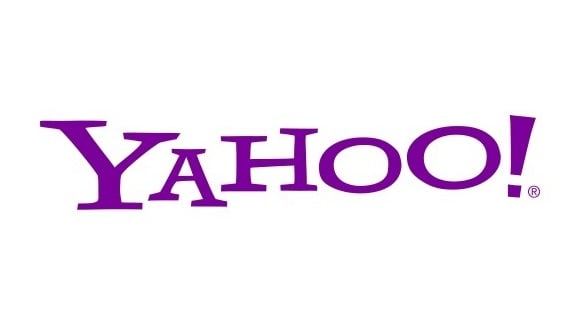Investors were upset that Yahoo! Inc.’s (NASDAQ: YHOO) quarterly results showed a sharp drop in display advertising revenue. And, based on its forecasts, that will not get any better soon. The Yahoo! trouble is not an isolated case. Display rates have started to collapse across the industry, making a chance for Internet advertising to expand as fast as it has over the past decade impossible. That represents trouble for tens of thousands of businesses. Source: via Wikimedia Commons
Source: via Wikimedia Commons
Yahoo!’s revenue fell 7% in the second quarter compared to last year, drifting down to $1.22 billion. Wall St. focused mostly on one comment:
GAAP display revenue was $472 million for the second quarter of 2013, a 12 percent decrease compared to $535 million for the second quarter of 2012.
At the same time, there was no evidence that Yahoo!’s audience fell, so the yield from the average display ad fell considerably.
Yahoo! holds a special place among America’s Internet companies. In the United States, according to research firm comScore, it had a monthly audience of unique visitor that was above 192.9 million in May. That put it a very close second to Google Inc.’s (NASDAQ: GOOG), which was 193.5 million. Because of its huge size, the trends set by Yahoo! almost certainly represent those of most of the balance of the industry.
The bane of display advertising today is that so many Web properties have decided to stake their futures on content delivered on small devices, which include, primarily, smartphones. All of the evidence indicates that advertisers will pay less for messages they post on these smaller screens. Actually, the amount marketers will pay for this content environment is much, much less than for traditional display ads that appear on personal computers (PCs). In an attempt to chase the online content audience as it migrates away from PCs, Internet companies have badly damaged future revenue prospects. The trouble is that people will watch content on smaller screens whether online content sites like it or not.
Most experts hope that falling display ad rates can be offset by the increase in video content on the Internet. Advertisers will pay a great deal more for video ads than display ads. So, there is a rush to create this sort of programming. But the likelihood that video can balance the drop in display rates appears unlikely.
Beyond Google’s YouTube, the amount of video posted on the Internet by large content companies is relatively small. In May, Google sites had 154.4 million unique video viewers, driven almost exclusively by YouTube. These visitors spent an average of 437 minutes on Google sites in May. After that, video viewership at other sites drops very sharply. For example, Microsoft Corp. (NASDAQ: MSFT) sites had 45.2 million unique video viewers in May. The average time these viewers spent watching video on Microsoft sites was only 36.9 minutes, barely more than a half-hour TV show.
Internet advertising may remain at current levels in terms of volume, but the monetary yield from these ads likely will never return.
Essential Tips for Investing: Sponsored
A financial advisor can help you understand the advantages and disadvantages of investment properties. Finding a qualified financial advisor doesn’t have to be hard. SmartAsset’s free tool matches you with up to three financial advisors who serve your area, and you can interview your advisor matches at no cost to decide which one is right for you. If you’re ready to find an advisor who can help you achieve your financial goals, get started now.
Investing in real estate can diversify your portfolio. But expanding your horizons may add additional costs. If you’re an investor looking to minimize expenses, consider checking out online brokerages. They often offer low investment fees, helping you maximize your profit.
Thank you for reading! Have some feedback for us?
Contact the 24/7 Wall St. editorial team.



